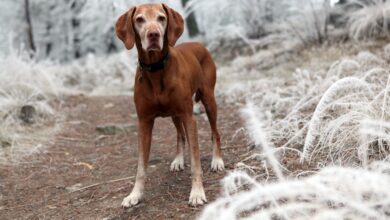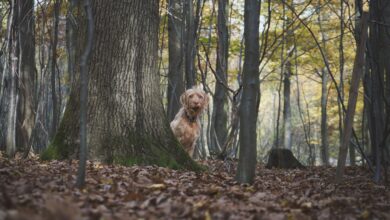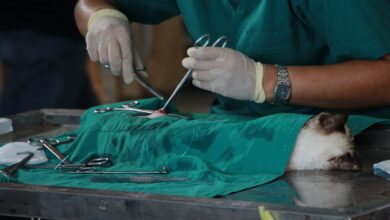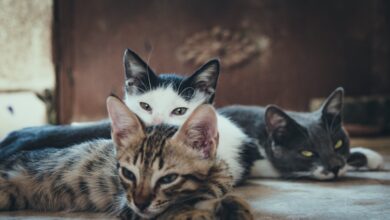The Importance of Greater Animal Staff in Modern Zoos and Wildlife Reserves
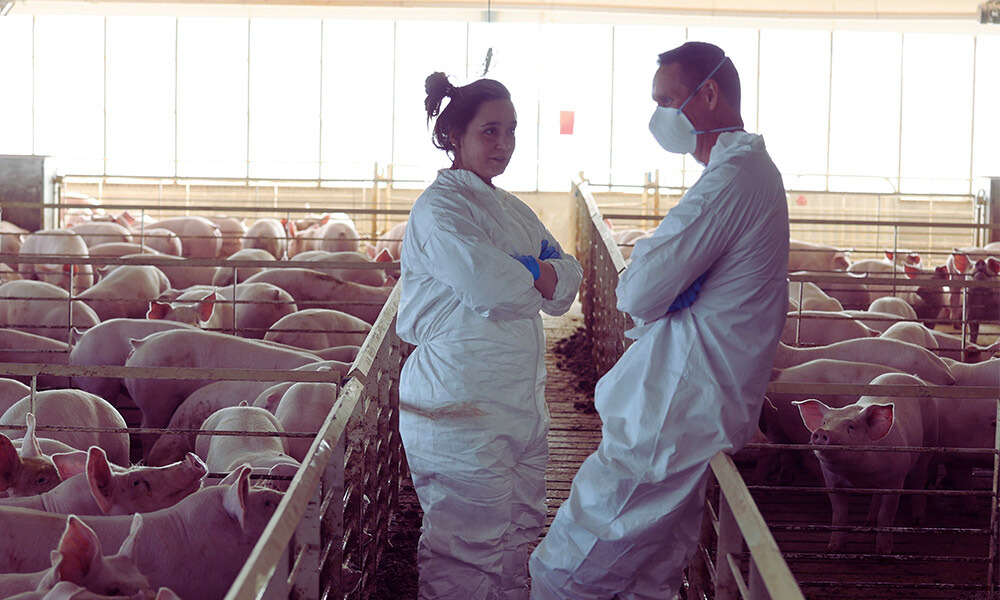
In recent years, the focus on animal welfare and conservation has led to a significant evolution in the roles and responsibilities of staff working with animals in zoos and wildlife reserves. The term “greater animal staff” encompasses a diverse group of professionals dedicated to the care, rehabilitation, and conservation of animal species. This article explores the vital contributions of greater animal staff, the challenges they face, and the innovations that are shaping the future of animal care.
Table of Contents
ToggleUnderstanding Greater Animal Staff
Greater animal staff typically includes a variety of roles such as zookeepers, veterinarians, animal behaviorists, conservationists, and educators. Each member plays a crucial role in ensuring the well-being of animals and the sustainability of wildlife populations. Their work extends beyond mere animal care; they are involved in research, educational programs, and conservation efforts that have far-reaching implications for biodiversity.
Roles of Greater Animal Staff
- Zookeepers: Zookeepers are often the most visible members of the greater animal staff. They are responsible for the daily care of animals, including feeding, cleaning enclosures, and monitoring health. Zookeepers also engage in behavioral enrichment activities, which are essential for maintaining the physical and mental well-being of animals in captivity.
- Veterinarians: The health of animals in zoos and reserves is paramount. Veterinarians play a critical role in diagnosing and treating illnesses, conducting routine health checks, and developing vaccination programs. Their expertise ensures that animals receive the necessary medical care to thrive.
- Animal Behaviorists: Understanding animal behavior is key to providing effective care. Animal behaviorists study the needs and habits of different species, allowing staff to create environments that cater to their natural instincts. This knowledge is essential for improving the quality of life for animals in captivity.
- Conservationists: Greater animal staff often includes conservationists who focus on protecting endangered species and their habitats. They work on projects that involve habitat restoration, population monitoring, and community education, all aimed at ensuring the long-term survival of vulnerable species.
- Educators: Education is a crucial component of modern zoos and wildlife reserves. Educators within the greater animal staff design and implement programs that teach visitors about wildlife conservation and the importance of biodiversity. These programs foster a connection between the public and the animals, encouraging stewardship for wildlife.
The Evolution of Animal Care
The approach to animal care has undergone a significant transformation in recent years. Traditional practices focused primarily on the basic needs of animals; however, the modern understanding of animal welfare emphasizes the importance of mental and emotional well-being. Greater animal staff is at the forefront of this evolution, implementing innovative practices to enhance the lives of animals in their care.
Enrichment and Training
One of the most significant advancements in animal care is the focus on enrichment and positive reinforcement training. Greater animal staff designs activities that stimulate the animals’ minds and bodies, mimicking their natural behaviors. This can include puzzle feeders, physical exercise, and social interactions. For example, elephants may be given large logs to manipulate, which encourages physical activity and mental stimulation.
Training animals through positive reinforcement not only enhances their welfare but also allows for easier handling during medical procedures. By building trust through training, staff can conduct health checks without causing undue stress to the animals.
Conservation Programs
The conservation efforts led by greater animal staff are crucial for protecting endangered species. Many zoos and wildlife reserves participate in breeding programs that aim to increase the population of threatened species. These programs often involve careful genetic management to ensure a healthy and diverse gene pool.
Greater animal staff also collaborates with international organizations to support conservation efforts in the wild. This can include funding research projects, participating in habitat restoration initiatives, and educating local communities about the importance of protecting their natural resources.
Challenges Faced by Greater Animal Staff
While the contributions of greater animal staff are invaluable, they face numerous challenges in their work. The following are some of the most pressing issues:
Limited Resources
Many zoos and wildlife reserves operate on tight budgets, which can limit the resources available for animal care and conservation programs. This financial constraint can hinder the ability of greater animal staff to implement innovative practices or expand their conservation efforts. Securing funding and support from the community is essential for overcoming these challenges.
Staff Burnout
The emotional toll of working with animals can lead to staff burnout. Greater animal staff members often form strong bonds with the animals in their care, making it difficult to cope with loss or the challenges of caring for injured or sick animals. Providing mental health support and encouraging a healthy work-life balance are crucial for maintaining staff morale.
Public Perception
The public perception of zoos and wildlife reserves is changing, with increasing scrutiny on animal welfare practices. Greater animal staff must be transparent about their care methods and demonstrate their commitment to animal welfare and conservation. Engaging with the public through educational programs can help foster a better understanding of the vital work being done to protect wildlife.
The Future of Greater Animal Staff
The future of greater animal staff looks promising as advances in technology and research continue to shape the field of animal care. Innovations such as telemedicine, data analytics, and improved training techniques are enhancing the effectiveness of animal care and conservation efforts.
Technology in Animal Care
The integration of technology into animal care practices is revolutionizing how greater animal staff monitors and cares for animals. Wearable devices that track the health and activity levels of animals provide valuable data that can inform care decisions. This real-time information allows staff to respond quickly to any health concerns, ensuring that animals receive timely medical attention.
Collaborative Conservation Efforts
Greater animal staff is increasingly collaborating with global conservation organizations to address pressing wildlife issues. These partnerships enable staff to share resources, expertise, and best practices, enhancing the impact of their conservation efforts. By working together, they can tackle larger-scale challenges such as habitat loss and poaching, ultimately benefiting both animals in captivity and their wild counterparts.
Education and Community Engagement
As greater animal staff continues to prioritize education and community engagement, they will play a crucial role in shaping public attitudes toward wildlife conservation. By fostering a sense of connection between people and animals, they can inspire future generations to care for the planet and its diverse inhabitants. Innovative educational programs, including virtual reality experiences and interactive exhibits, can engage visitors in new and meaningful ways.
Conclusion
Greater animal staff is essential in ensuring the welfare of animals in zoos and wildlife reserves while also playing a critical role in conservation efforts. Their dedication, expertise, and commitment to innovation are vital in shaping a future where wildlife thrives. Despite the challenges they face, the resilience and passion of these professionals drive the movement toward better animal care and a more sustainable world.
As we look ahead, it is imperative to support and recognize the contributions of greater animal staff. Their work not only benefits the animals they care for but also has a profound impact on the conservation of biodiversity and the health of our planet. By prioritizing animal welfare and conservation efforts, we can create a brighter future for all species, ensuring that our natural world is preserved for generations to come.

